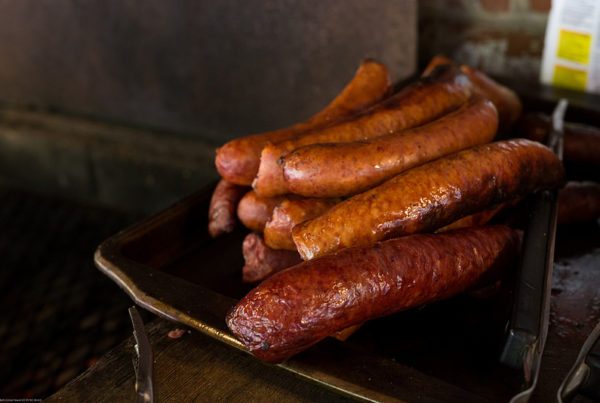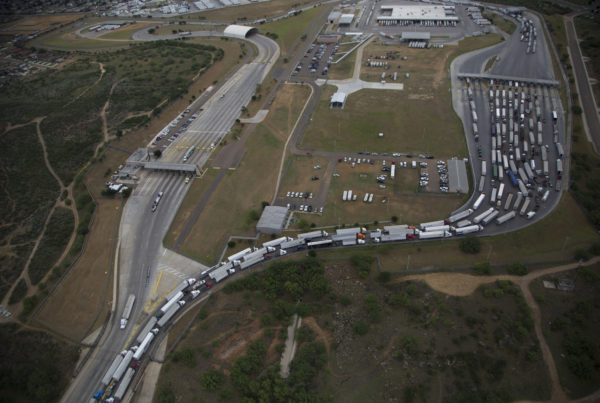What has four legs, ruins most anything it touches, and is worth five bucks? Any guesses?
For the next six weeks or so in Guadalupe County, the answer is feral hogs. The county’s offering a bounty on hogs to decrease the local population. But when it comes to getting rid of the pigs, just how effective is a bounty?
This makes sense, right? If you’ve got a feral hog problem, offer people cash to kill them. And make no mistake, Guadalupe County does have a feral hog problem. They can get into a field of watermelons or corn or milo, start rooting around.
Bubba Ortiz’s family owns a hog abatement company that operates in Guadalupe County.
“And they can do hundreds if not thousands of dollars of damage in one night,” Ortiz says.
That’s Business is “uh, consistent,” he says.
Because while it’s unknown exactly how many feral hogs are in Texas, most experts agree the population is two million or more – and growing. Landowners across the state are desperate for relief. So to them, a bounty sounds like a great idea. Back in June, Guadalupe County Commissioner Jack Shanafelt addressed the problem at the Commissioners Court meeting when they approved the bounty program.
“The residents of the county keep asking ‘When is the county going to do a bounty program?’ So I think this is a proactive way that we can look at our county and say we’re doing something to help our farmers and ranchers abate the hog problem,” he said.
The bounty opened on Monday, and it’s available until August 28. Every tail brought to the county as proof of a dead hog is worth $5. Cheating is possible, but hunters have to submit contact information for whoever owns the land where they killed a hog. The State of Texas and Guadalupe County each put up $5,000 for the program, so there’s enough cash to claim two thousand bounties. Sounds straightforward.
But.
Stephen Ditchkoff is a professor of wildlife ecology and management at Auburn University. Last year he published a study on the effectiveness of a hog bounty program at Fort Benning in Georgia.
“The problem is, and specifically with pigs, we believe that bounties – it’s impossible for them to work from an eradication perspective,” he says. “And surprisingly [we] found that the populations actually increased while the bounty was in place.”
You read that right. He said increased, not decreased.
Ditchkoff thinks there are a couple reasons for this. One, the area was just coming out of a drought, so that helped the population And two:
“There was also the use of a lot of bait for trapping,” he says. “So we were making a lot of resources available to this pig population and as a result it was a perfect storm to ramp up reproduction. They were just reproducing faster than they could be removed.”
The bounty created a better breeding ground. And it made some of the hogs smarter by introducing them to traps they hadn’t seen before. That’s not what you want if you’re trying to eradicate hogs, which other Texas counties have tried to do with bounties with mixed results.
But according to Travis Franke, complete eradication is not the goal in Guadalupe County. Franke is one of the local Texas A&M Agrilife Extension agents.
“An eradication program is going to be very, very, very difficult to do,” Franke says. “We’re not looking at eradication, we’re looking at controlling the numbers to where we can keep the damage to a minimum.”
Franke says the other goal is to educate landowners and to offset some expenses like ammunition and bait. A bounty could help achieve those – if not full-on feral hog annihilation.

















